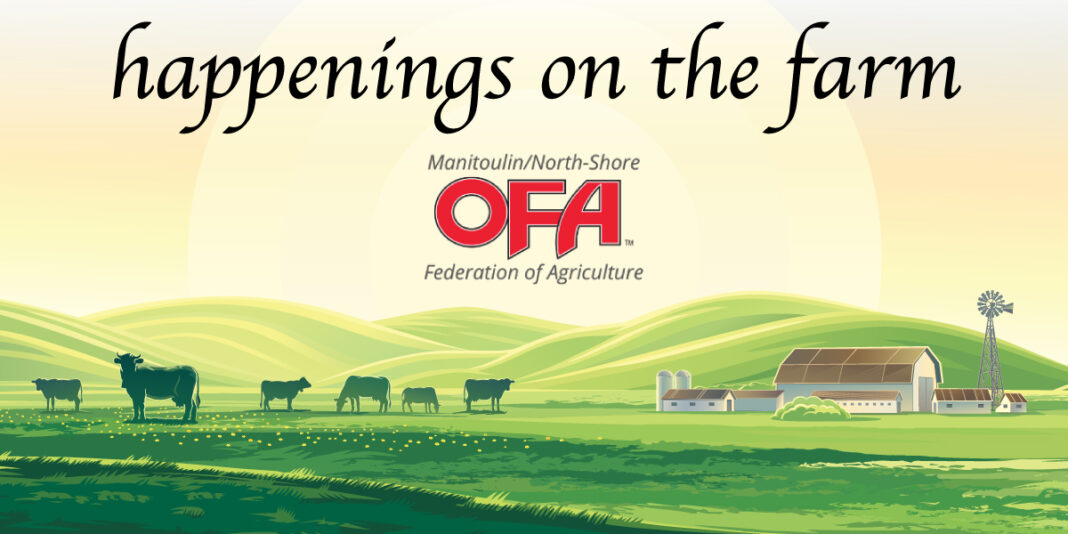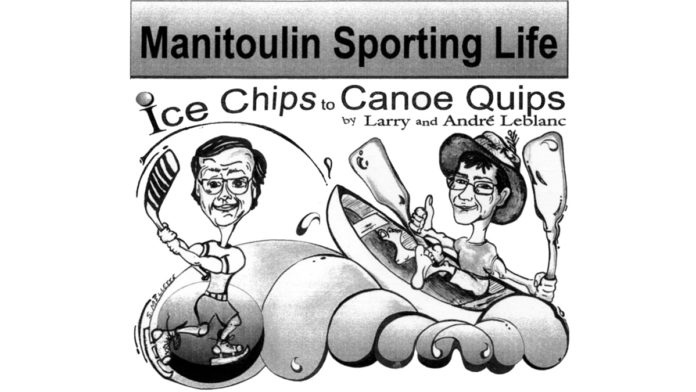Tillage Planting
Here we are into a new year and there are lots of things happening around the farms in our community.
You may have noticed that our local farmers have been busy looking after all the animals in their care, moving feed around such as hay bales or grain, and hopefully catching up on all those maintenance and repair jobs that were put off during the busier times of the year. It’s also the time for many livestock producers to start having calves, lambs or other young depending on their operation. But now that spring is on the horizon there is lots more you can expect to see both in the fields and on the roads.
Over the next few months, farmers will begin to prepare their land for the upcoming year, as they do every spring. As you drive around the Island, you might see tractors and farm equipment in the fields, with many farmers tilling their land and planting crops. You may also see them walking fence lines, repairing breaks or putting in new fences to better use the pastures that they have available. Here on Manitoulin Island, there is over 112,000 acres of farmland across 189 farms, including 67,000 acres of pastureland and 26,000 acres of crops, all of which undergo land preparation and planting either annually or every several years.
Tillage refers to the work that farmers do to prepare the soil for planting or seeding. This is done by plowing, which may have occurred last fall or this spring, and then secondary tillage which could involve implements such as discs and cultivators. All the preparation that is being done helps moisture and warmth permeate the soil, it allows seeds to germinate, encourages root growth, controls the growth of weeds and helps integrate fertilizers into the soil. There are three main types of tillage, each with their own advantages, disadvantages and uses. Conventional tillage is the most common type of tillage practiced on the Island, with almost 50 percent of land prepared this way. Most of the crop residue is incorporated into the soil, which leaves the surface relatively bare and without protection, but it can do a better job breaking up the soil and can get the field warmer in the spring, which is necessary for planting in Northern Ontario conditions.
Conservation tillage and no-till are also practiced on the Island—conservation tillage leaves most of the crop residue on the surface and no-till tries to keep soil disturbance to a minimum and involves direct seeding into crop residue/soil. No one tillage type is best for all farms because it depends on things like climate, soil, drainage, slopes, and the type of crop that will be planted. Conventional tillage is still the most popular type in Northern Ontario partly because of its ability to get farmers on the land quicker after our typical cool, wet and late springs. As you look around the fields of Manitoulin you may wonder what crop is growing out there. Most of the farmland in Manitoulin Island is in alfalfa or hay/fodder, followed by barley, corn, mixed grains, oats, canola, and soybeans. Rotating fields between different crops, sometimes including a forage rotation, helps prevent the build-up of certain diseases or insects and helps keep the soil healthy by not using all the nutrients. Most of these crops are used as feed for livestock, but they can also be shipped off the Island and processed into a wide variety of products such as mayonnaise and lubricants (canola), soy sauce and adhesives (soybeans) and flour and soap (oats).
Please remember as we move into spring, you might see some more farm equipment on the roads as the farmer goes from field to field, preparing the soil for planting. This equipment moves quite slowly and can have large blind spots. Please be patient and careful when sharing the road. If you have any questions about farming you can check out “The Real Dirt on Farming” at realdirtonfarming.ca or simply send us an email at stephanie.vanthof@ofa.on.ca





